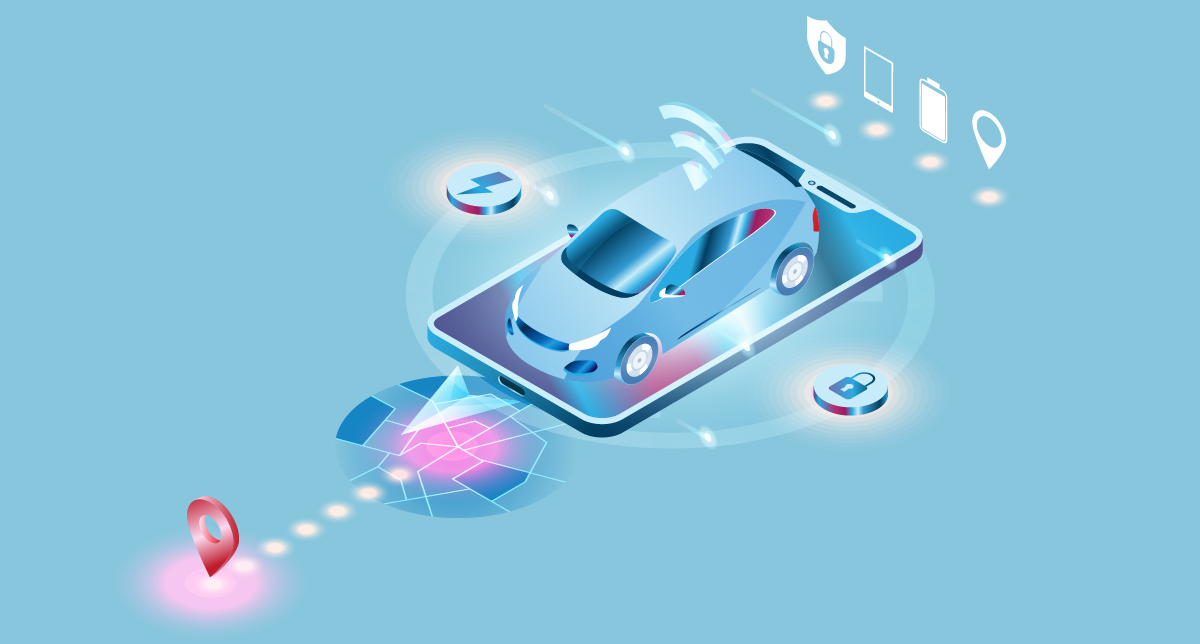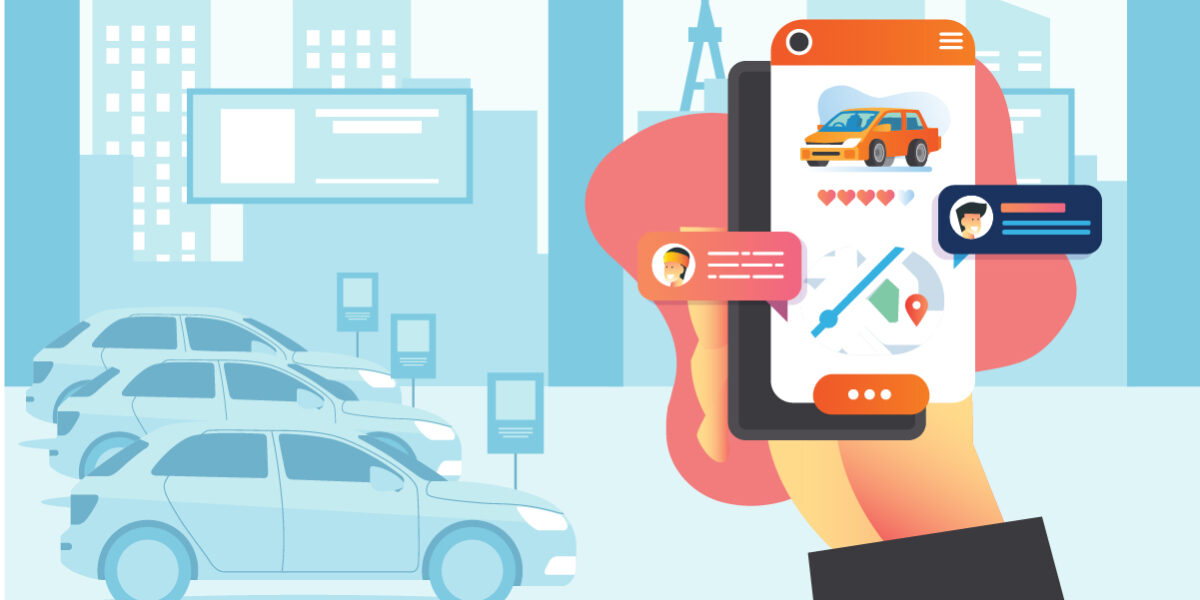One sector that has always been on the forefront of technological adoption and is likely to remain so is the automobile industry. These digital measures may have been incorporated for safety purposes, entertainment or comfort. Whatever the case, you can rest assured that automobile enterprises everywhere are constantly on the lookout for new technology every single day.
Recently, automation has held the spotlight for most automotive giants across the globe. Production -research and development has generated new breakthroughs in the past and with several countries easing up on their lockdown restrictions the automotive sector is geared up for some heavy competition. The ones who can deliver the best in automotive innovations and customer experiences are likely to be the ones on top of the game as this industry revs back into action.
Artificial Intelligence (AI) technology first made its appearance in the automotive sector back in 2010. It is likely to be the center of automotive innovation attention once again only this time with more capabilities than ever before.
Let’s take a look at some of the smart technologies we can expect to see making an appearance before the end of the decade.
1. Newer Materials Coming into the Spotlight
One particular material that is making waves in light of the surge in electric vehicles is aluminum. The main reason why this material has been such a huge hit is due to its ability to offset battery weight and extend range. This can in turn guarantee that consumers will be able to select high-performing cars and trucks that are safe, entertaining to drive and manufactured through environmentally conscious methods.
Another great part about using aluminum is that it significantly reduces the weight of the cars meaning that they are naturally more eco-friendly – an asset for both the consumer and the regulators. This material also has other benefits such as enhanced engine and body structural innovation and improved safety from upgraded crash management system applications.
2. Virtual Reality
With motorsport continuing to grow in popularity and interactivity with fans proving a hit, Virtual Reality (VR) is becoming a trend. Along with enhancing the fan experience, VR can also play a large role in the way we design Formula 1 cars as well as manufacture and test methods.
VR has a number of advantages when it comes to assisting F1 teams in trying out potential designs from a range of thousand options and then experimenting with their performance in an entirely virtual space. Changes like car models, tires, safety augmentations in different weather conditions can all be run through a virtual simulation even before creating a single prototype. This can play a huge role in reducing the time and resources it would normally take to deliver new designs.
3. Improved Safety Measures
Autonomous vehicles have proved themselves to be worthy when it comes to limiting distractions for their drivers caused by tiredness, being under the influence or other human
limitations in general. They have focused largely on improving the vision around the car so that the driver can see better while driving or parking. New camera innovations have provided a 100° horizontal field of view which can enhance automated emergency braking systems and semi-automated vehicle functions.
A number of big players in the automobile industry have been integrating smart technology to create a safer driving experience for their consumers. For example, LED headlights that are designed to accurately project the appropriate amount of light required, depending on the surroundings is another key feature that is helping vehicles navigate safely in a wide range of weather conditions.
4. Commercializing Vehicular Autonomy
Cars that are autonomous are expected to see a huge rise in the range of their applications from the delivery of goods and services to taxi services. Initially projected to only become a reality by 2050 the chances of this change being ushered in much sooner is evident with deals such as the one between Fiat Chrysler and Waymo agreeing to develop self-driven commercial vehicles.
According to PwC the contribution of autonomous driving in overall traffic is expected to reach 40% over the next decade. Ford is also on the way to testing self-driving vehicles in public roads in the US along with tech partner Argo AI in an attempt to roll out autonomous commercial vehicular services across the entire Unites States.
5. Accommodating New Policies
In order to maintain some semblance of human control at the end of the day with autonomous vehicles the UN has launched the Automated Lane Keeping Systems (ALKS) regulations expected to come out in 2021. These regulations ensure that automakers comply with standards that return human control in emergency maneuvers and minimum risk maneuvers to protect those inside the vehicle and on the road.
In order to prepare for this, car manufacturers will be using scenario-based design and test frameworks while enhancing the amount of automation and smart technology incorporated into their processes and products over the course of the next few years.
Are you interested in finding out how intelligent automation can play a role in enhancing the future of the automobile sector? Our team at SalesCatcher would be delighted to assist you. Working towards adapting to an age of digital transformation is the only way forward for any industry. Cater to consumers and achieve greater agility with SalesCatcher’s Intelligent Offering (iO).
Our AI orchestration platform – iOFlow, working in tandem with our intelligent RPA tool – iOBot can create a highly customized experience for each of your consumers. If you’d like to find out more our AI team at SalesCatcher would be happy to help.




